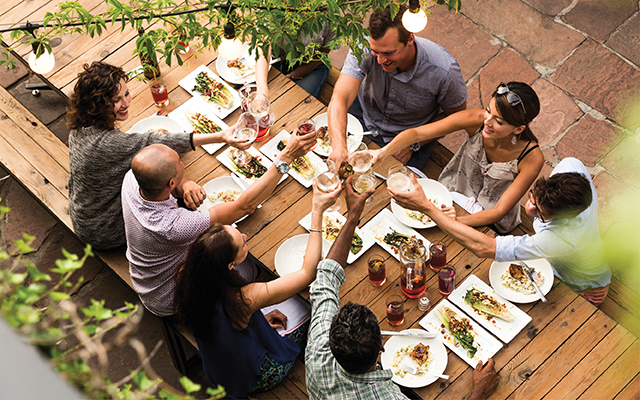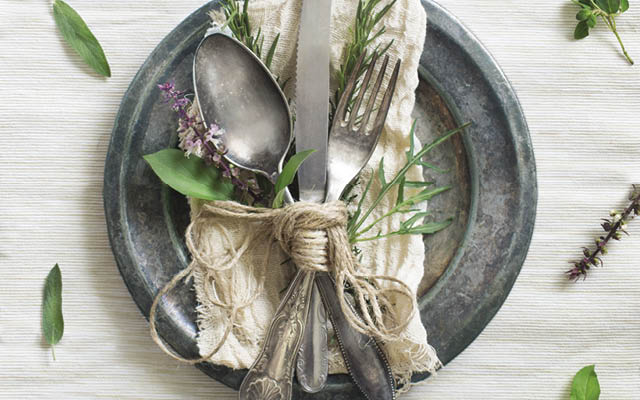How slowly can you eat a raisin? I mean, if you were doing nothing else: Just you and your raisin — stop the world, it’s time for just you two.
If you had asked me this a few months ago, I would have said 30 seconds, tops. Raisins, after all, are a mere shadow of their former grapes, and in my day I’ve seen entire claymation raisin choruses perform acts of musical theater in the brief time allotted to a standard television commercial. Even babies, who are famously awful at staying on task, can get through a reasonably sized pile of raisins in a blink (and even quicker if there’s a dog nearby to help with the raisin runaways). No question: The slowest I could eat a raisin would be 30 seconds.
Or so I thought. Recently, I’ve begun eating raisins under the tutelage of probably the world’s best (and by that I mean slowest) slow eater of raisins — Jon Kabat-Zinn, the founder of mindfulness-based stress reduction. I can now faithfully report that, if you really work at it, you can spend about seven minutes getting ready to eat a raisin, leading to four minutes of raisin eating, culminating in another four minutes of just really experiencing the aftermath of eating a raisin.
Yes, I’ve been meditating. Or I’ve been trying. Like most Americans, I am a stress case who doesn’t breathe right. I find myself anxiously holding my breath all the time, which is a crazy way to live. So I’ve been carrying Jon Kabat-Zinn around in my pocket and meditating with him in parked cars and quiet rooms. He fits in my pocket, along with every photo I’ve taken since 2008 and about 3,094 unread emails, because he lives in an iPhone app called Mindfulness.
I think this is an all-too-obvious name for a meditation app. It’s like naming your dog Dog or your child Child. Tell people about Dog or Child and they’ll look at you and smile with a great show of patience: Not too bright, that one; not good at life.
Being not too good at life is what made me a stress case, so I keep trying to eat a raisin really slowly and, in the process, maybe get better at living.
If you want to try it yourself, here’s what you do. Turn off the radio and the phone; put the dog outside. Find a comfortable place to sit.
Pick up a raisin. Consider your raisin as if you’ve never seen one before. Look at it every which way, turning it over, feeling it, searching it for details and clues. Notice all the detail in the raisin. When you notice one detail, seek out another. Smell your raisin. Wiggle it in your fingers.
If your attention starts to wander, return it to the raisin. Notice your body’s reaction to the raisin. Are you salivating in anticipation? Prepare to place the raisin in your mouth. Notice how your hand is really good at getting a raisin into your mouth.
There are about a hundred more steps, but you get the idea.
The first time I tried to complete this raisin meditation, my whole brain flew out the window, because paying attention is hard. The second time, too. The third time, it hit me like a lightning bolt: This slow raisin-eating thing is exactly like wine tasting!
When I’m wearing one of my other hats, I’m a wine critic. Turning an everyday American like me into a wine critic takes some practice. At first, I spent a lot of time swirling and sniffing glasses of sauvignon blanc only to conclude they all smelled exactly like . . . wine.
Eventually, though, I began to notice that some sauvignon blanc smells like grapefruit while other sauvignon blanc smells like old green tea and peaches. The next thing I knew, swirling and sniffing wine was the most absorbing thing I’d ever experienced, and my friends started to hand me the wine list in restaurants.
Until I started carrying Jon Kabat-Zinn around in my pocket, I never realized that learning to enjoy wine is really a meditation-like exercise: You sit quietly, trying to determine if the color is straw or gold, green-edged or purely yellow. Moments pass, you become distracted, you return your attention to the glass before you. This is clearly different from dashing to a meeting while sucking coffee through a small hole in a plastic lid.
Once I made the raisin–wine connection, it occurred to me that I have had moments of complete, almost meditative, attentiveness. I’ve had them in extremely fancy restaurants while I’ve gazed at a single olive on a dot of tuna foam, and poured a small warmed pot of broth over a slice of duck and an apple chip, and admired a grain of salt and a line of honey traced in a single narrow arc over a square of chocolate. It makes me wonder whether white-tablecloth dining seems so magical because it’s the only time we actually slow down and really pay attention to what’s in front of us.
Regardless, I’m going to head into Christmas season and the new year with two goals thanks to my new raisin-eating practice. First, I’m going to complete an entire 15-minute raisin meditation sometime in 2017, because I am a grown woman and surely, in a battle of woman against raisin, I can do this.
Second, I’m going to pay real attention to the eggnog and the jam-thumbprint cookies at this year’s holiday party. If a single raisin or glass of wine can reveal such wonder, imagine how many other delights await us during this season of abundance.
After all, a single raisin may be captivating, but I know how to make a gingerbread guy with three raisins for buttons on his coat and two more raisins for eyes. That gingerbread guy, considered in his entirety with the whole of my attention, might help me experience the magic of the holidays in a new and very good way.
Illustration by Paul Hostetler




This Post Has 0 Comments